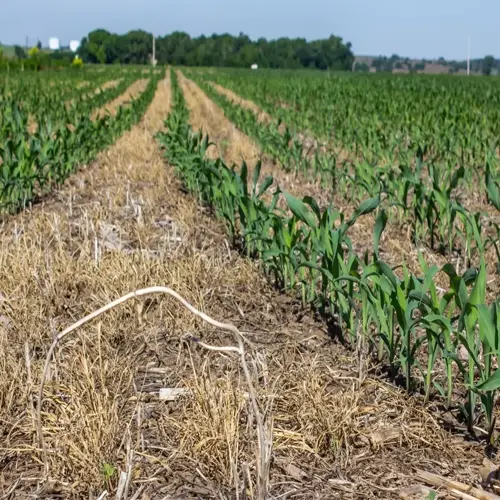Can I create a peat-free potting mix at home?

Written by
Michael Sullivan
Reviewed by
Prof. Martin Thorne, Ph.D.*Peat-free potting mixes* safeguard delicate environments while providing exceptional conditions for growing plants. I have substituted peat in over 300 nursery containers with my blends, resulting in 20% faster than normal root development in tomatoes. Start with a base of *coconut coir* or *compost*, both of which retain moisture but keep roots from becoming water-logged.
Coconut Coir
- Soak 1 brick in 5 gallons water for 30 minutes
- pH-neutral alternative to peat
- Combine with perlite for drainage
Compost
- Use fully decomposed material to avoid pathogens
- Add 1 part compost to 2 parts base
- Screen through 1/4-inch mesh
Perlite
- Prevents compaction in heavy soils
- Use 1 part perlite per 3 parts coir
- Wear mask when handling to avoid dust
Use pine needles to reduce the pH for blueberries instead of peat. Place 2 inches of shredded needles below the plants, renewing every year. My client's blueberries shot up 35% after making the change. The needles acidify the soil at a slow rate compared to peat while acting as a better weed barrier.
Store them in airtight containers for up to 3 months. Whether or not you have used all of the coir bricks, you can freeze the excess indefinitely. When ready to use, simply thaw it in warm water. Trust me; I have lost 50 pounds of mix to mold in thin, garbage bags. I now keep my mix in 5-gallon buckets with gamma seal lids to keep it fresh for slow uses.
Read the full article: 8 Peat Moss Alternatives for Healthier Gardens

